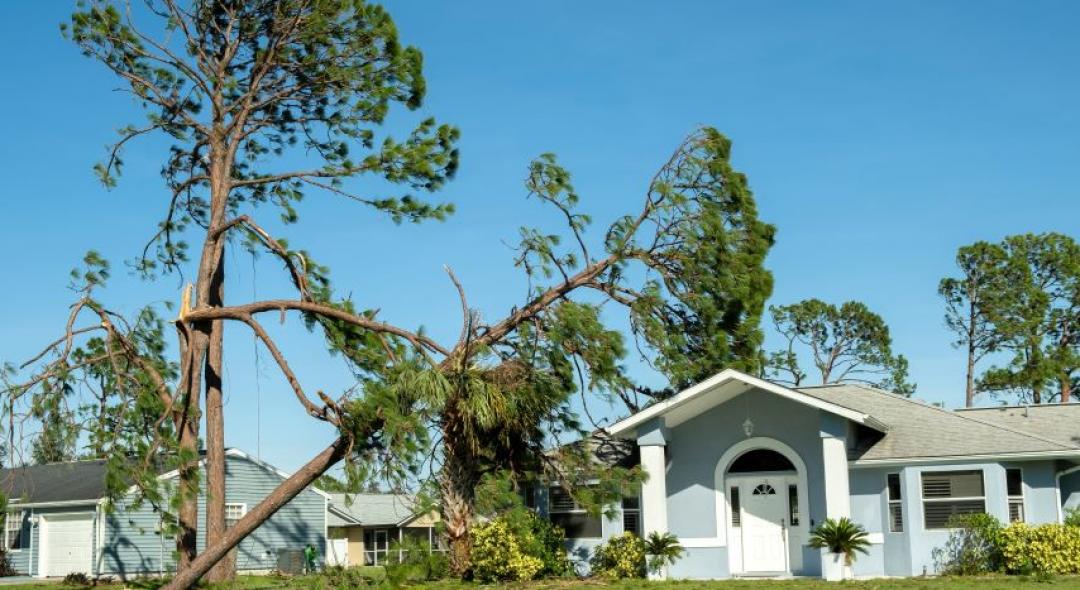 Despite being found in homes all across the country, drywall is incredibly easy to damage when compared to other materials and countless homeowners around America have experienced the frustrating and highly visible damage which can occur to residential drywall walls simply through the wear, tear, and inevitable human errors that are practically inescapable in the average American home. Luckily, the most common damages to drywall are small holes, scratches, and dents which, while frustrating very apparent to visitors at a glance, are easily repaired with just a bit of care, time, and attention. Learning how to perform these drywall repairs on your own is a great way to save money on home improvement costs while also increasing your confidence about future DIY remodeling projects.
Despite being found in homes all across the country, drywall is incredibly easy to damage when compared to other materials and countless homeowners around America have experienced the frustrating and highly visible damage which can occur to residential drywall walls simply through the wear, tear, and inevitable human errors that are practically inescapable in the average American home. Luckily, the most common damages to drywall are small holes, scratches, and dents which, while frustrating very apparent to visitors at a glance, are easily repaired with just a bit of care, time, and attention. Learning how to perform these drywall repairs on your own is a great way to save money on home improvement costs while also increasing your confidence about future DIY remodeling projects.
Inspect the Damaged Area
As with all services centered on wall repairs, the first step in the repair process is making sure that the space beneath the wall surface is free of studs, electrical wiring, and plumbing lines, since these hidden components can be easily damaged in the repair process and can quickly become dangerous once damaged. Carefully checking the space being worked on for these components will save you a huge amount of frustration and harm in the long run. Furthermore, while inspecting for these components, you have the perfect opportunity to measure the size of the damaged portion of drywall. That measurement will be vital to determining if a drywall patching kit will be suitable for your repair or if more large-scale solutions will be needed.
Small Hole Repairs
If you’ve determined that the hold in your home’s drywall is small enough, typically smaller than the palm of your hand, then all that’s needed to perform the small repair that the damage necessitates is a basic drywall patching kit. These can be found in just about any major home improvement store and are as user-friendly as possible. Simply apply the adhesive backed mesh material over the hole in your wall, allow it to fully dry to the surface, and spread the included joint compound over the mesh and surrounding wall in a criss-cross pattern. Once this compound has dried and hardened sand the surface, apply primer and paint it to match the rest of the wall.
Medium-Sized Hole Repairs
If your measurement proves that the drywall damage is larger than the palm of your hand then a more involved process is required to complete the repair, though skilled DIYers can still complete the work on their own. To begin, cut a square in the drywall surrounding the damage and get the precise measurements of that square. With these dimensions in mind, get a replacement patch of drywall from your local home improvement store along with a thin piece of plywood that is a few inches longer than the patch itself. Insert this piece of wood into the wall structure through the opening and screw it into the drywall by placing two screws an inch or two beneath the hole and another two an inch or so above. On the portion of the wood exposed by the opening apply some construction adhesive and, as exactly as possible, push your drywall patch onto this wood so that it perfectly fits into the hole in the wall. Screw it into the wood beneath to ensure a strong bond. That done, apply joint compound to the edges where the patch meets the rest of the wall and to all screw heads and holes which you made. Once this dries, sand the entire area, apply primer, and paint to match the surrounding wall color.
Large Hole Repairs
Call a professional drywall repair professional or a particularly skilled handyman to dependably and safely perform your repair services.
